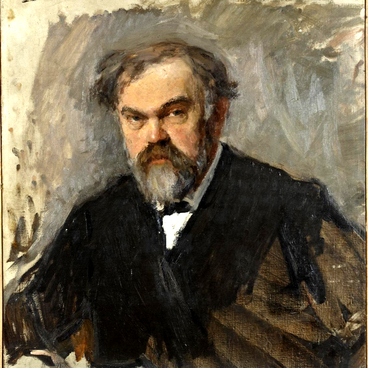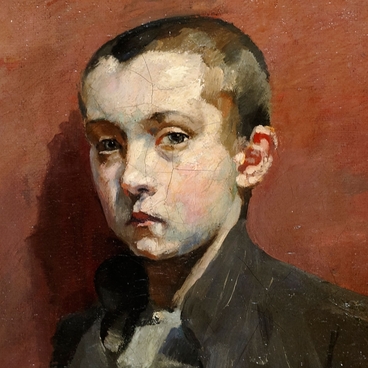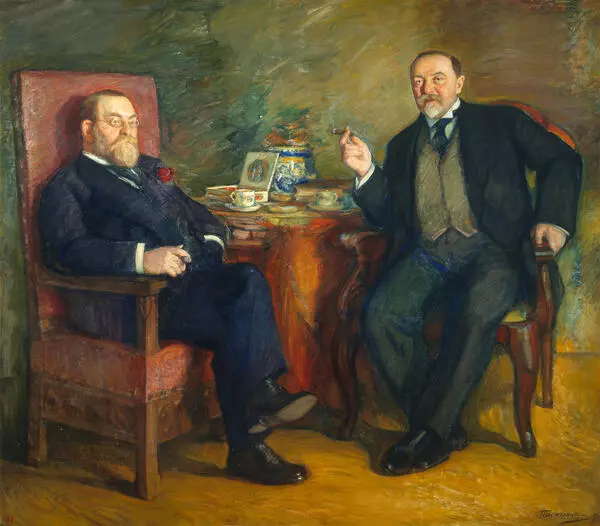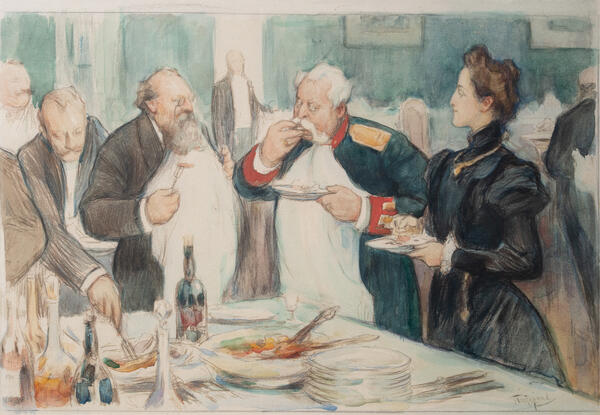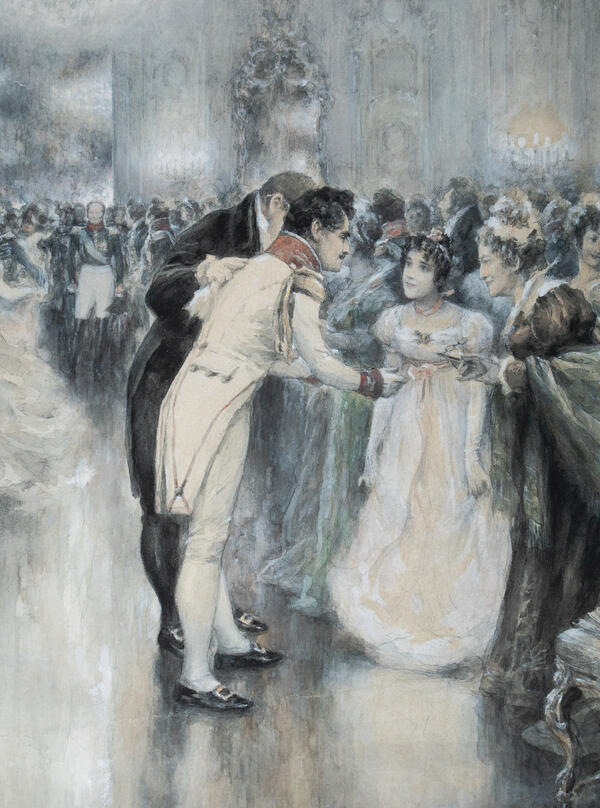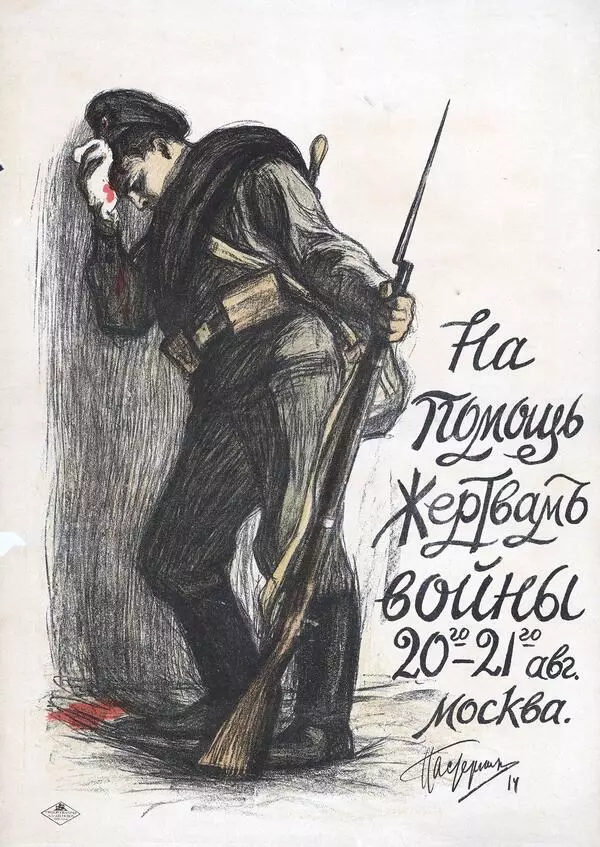Leonid Pasternak’s pathway to art was neither easy nor short. His parents, who lived in Odessa, dreamed of seeing their youngest and beloved son as a doctor or attorney-at-law — and Pasternak entered the medical faculty of Moscow University. He later transferred to the law faculty. However, the distinct inclination and desire to become an artist won, and the young man passed the competition at the Royal Academy of Arts in Munich. Later he was invited to teach at the Moscow School of Painting, Sculpture and Architecture. There he became close to V. Serov, K. Korovin, M. Nesterov, M. Vrubel and became one of the founders of the Union of Russian Artists that appeared in 1903.
Despite the excellent mastery of the oil painting technique, the master himself gravitated more towards soft graphic materials — pastels, Italian pencil, charcoal, which did not hamper his free, refined manner of performance and left a wide field for improvisation. Pasternak often found the themes of his works without leaving his home, as many family friends — artists, poets, writers, musicians — gathered under his hospitable roof. Pasternak’s wife, Rosalia Isidorovna Kaufman, was a well-known pianist in Russia, and their house became one of the cultural centers of Moscow.
In addition to numerous portraits of cultural and art figures, Pasternak often turned to the life of his large family, where four children grew up — two daughters and two sons, one of whom, Boris, will become a wonderful Russian poet. Performed in 1914 in a favorite mixed technique combining gouache and pastel, ‘Family Portrait’ depicts Pasternak’s wife and daughters, but it also seems to be the embodiment of spiritual harmony, warmth and mutual love that connects the closest people together. The color accordance of light golden, ocher, bluish-green tones fully corresponds to this harmony of human relations. Soft transitions and subtle coloristic relationships of light and shadow further enhance the atmosphere of peace and quiet.


